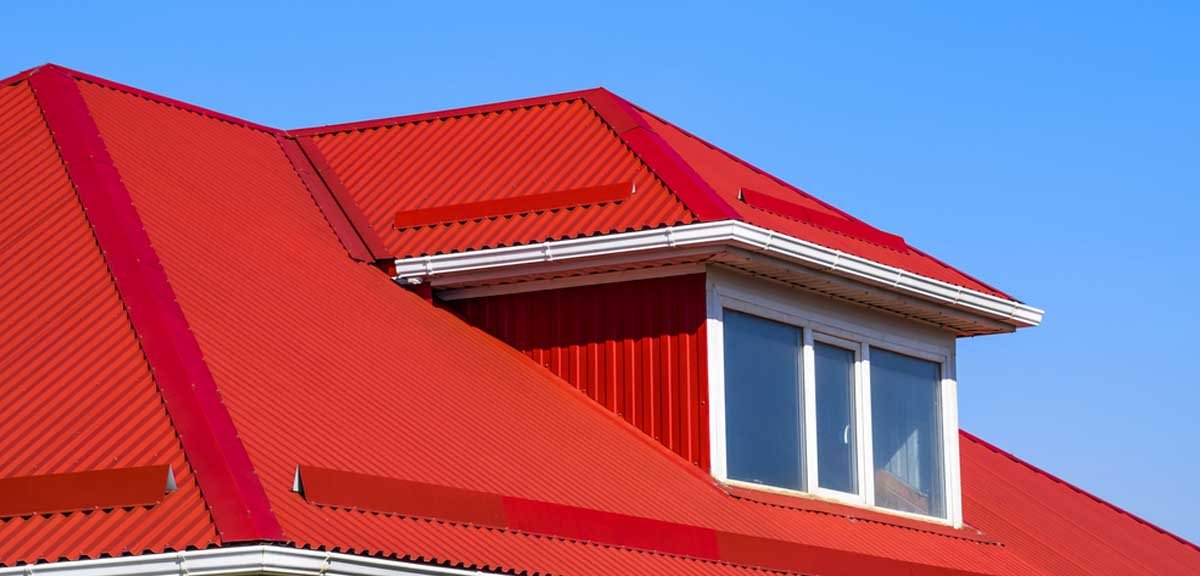Roofing solutions play a pivotal role in safeguarding homes and buildings from the harsh elements of weather. Over the years, advancements in technology and construction materials have led to a revolution in the roofing industry. From traditional materials like asphalt and wood to modern innovations such as solar roofing and green roofs, the options available today are diverse and cater to a wide range of needs.
- Traditional Roofing Materials:
a. Asphalt Shingles: Widely used in residential roofing, asphalt shingles are known for their affordability and ease of installation. They come in various colors and styles, making them a popular choice for homeowners.
b. Metal Roofing: Metal roofs offer durability and longevity. They are resistant to fire, wind, and pests. With advancements in coatings and finishes, metal roofing now comes in a variety of aesthetically pleasing options.
c. Wood Shakes and Shingles: Although less common due to fire concerns, wood roofing materials provide a unique and natural aesthetic. Proper maintenance is essential to ensure longevity and resistance to decay.
- Energy-Efficient Roofing:
a. Cool Roofs: These roofs are designed to reflect more sunlight and absorb less heat than traditional roofs. They help reduce energy costs by maintaining a cooler temperature indoors, especially in warm climates.
b. Solar Roofing: With the increasing emphasis on renewable energy, solar roofing has gained popularity. These roofs integrate solar panels seamlessly, harnessing the power of the sun to generate electricity for the building.
- Sustainable and Eco-Friendly Roofing:
a. Green Roofs: Also known as living roofs, green roofs are covered with vegetation, providing insulation and absorbing rainwater. They contribute to energy efficiency, improve air quality, and offer aesthetic benefits.
b. Recycled and Eco-Friendly Materials: The use of recycled materials in roofing solution, such as recycled metal or rubber, is a sustainable choice. These materials reduce the environmental impact and contribute to resource conservation.
- Advanced Roofing Technologies:
a. Smart Roofing Systems: Integration of technology in roofing includes sensors and monitoring systems that can detect leaks, monitor temperature, and provide real-time data about the roof's condition.
b. Cool Roof Coatings: These reflective coatings can be applied to existing roofs to enhance their reflective properties. They help in reducing heat absorption and contribute to the overall energy efficiency of a building.
- Innovative Roof Designs:
a. Butterfly Roofs: These roofs have an inverted V shape, creating a distinctive architectural design. They are not only visually appealing but also offer benefits like increased natural light and rainwater collection.
b. Sloped Green Roofs: Combining the benefits of green roofs with a sloped design, these roofs offer improved drainage and can be a solution for buildings in areas prone to heavy rainfall.
Conclusion:
In conclusion, roofing solutions have evolved significantly, offering a diverse range of options to meet the changing needs of homeowners, architects, and builders. From traditional materials with improved durability to cutting-edge technologies like solar roofing and smart systems, the roofing industry continues to innovate. As environmental consciousness grows, sustainable and eco-friendly options such as green roofs and recycled materials are becoming increasingly popular. The future of roofing solutions is likely to see further advancements in technology, materials, and design, providing even more choices for those looking to protect and enhance their homes and buildings. Visit official website onlyroofing.com

